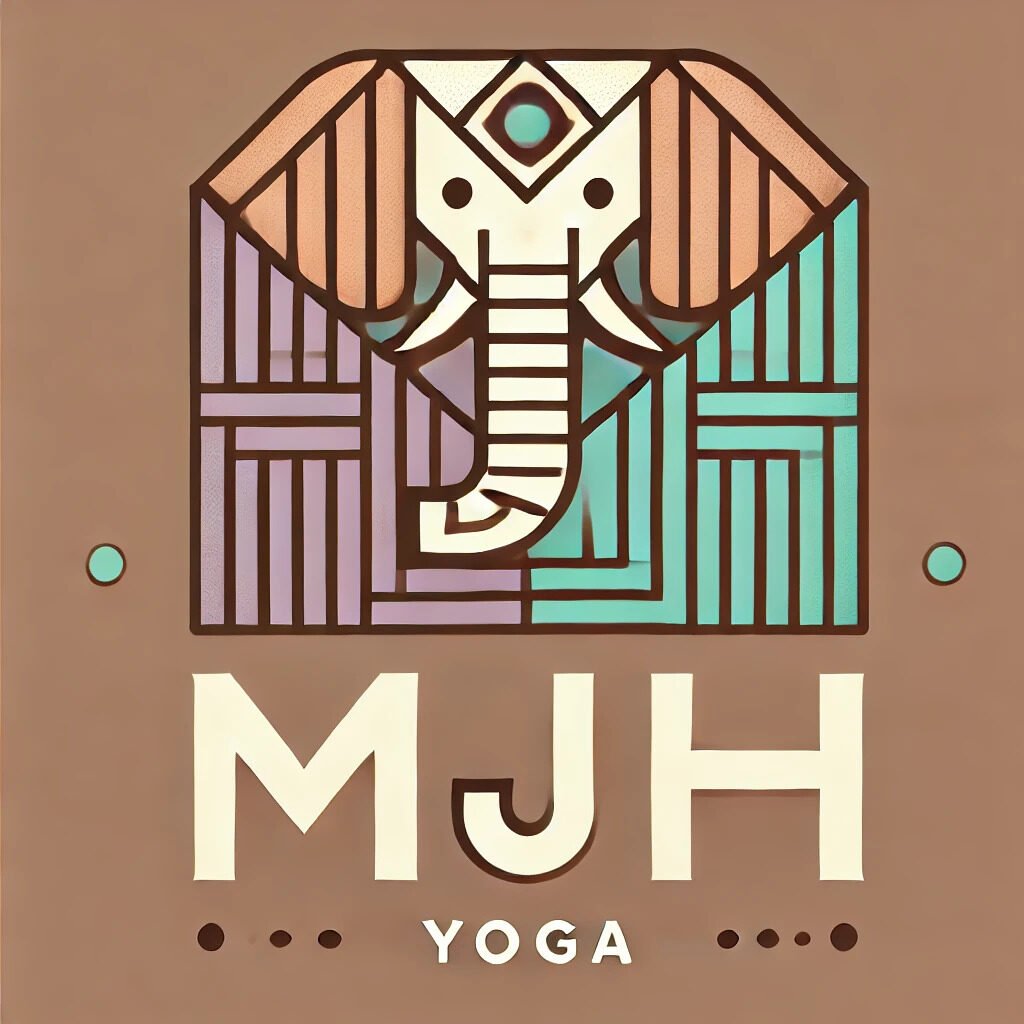Breathe with Ease: Exploring the Art of Natural Breathing
Breathe with Ease: Exploring the Art of Natural Breathing

Breathing can become a graceful, integrated dance, and an abundant source of energy. – Denise Benitez
Naming Conventions
Natural breathing involves the expansion and contraction of the mid-body as the diaphragm moves. It goes by various names:
- Abdominal breathing
- Belly breathing
- Diaphragmatic breathing
- Effortless breathing
- Essential breathing
- Free Flow breathing
- Horizontal breathing
- Perfect breathing
Effects
Natural breathing, along with simple techniques, has a range of positive effects:
- Activates the parasympathetic nervous system
- Lowers blood pressure and heart rate
- Promotes good digestion
- Supports posture
- Aids in back and pelvic floor health
- Supports the lymphatic system
- Balances acidity and lowers inflammation
- Helps manage stress
- Assists in pain relief
Naming Clarification
Some terms related to breathing may have varying interpretations:
- “Diaphragmatic breathing” is often used interchangeably with “belly breathing” but may highlight specific aspects.
- All forms emphasize the diaphragm’s movement, which typically includes belly movement.
- Be mindful that some sources might focus on just one dimension of natural breathing.
Characteristics
The Body Expands Out & Then Contracts
Dr. Belisa Vranich describes natural breathing as:
- Mid-body expansion in all directions.
- An inhale feels like moving outward, while the exhale brings a sensation of getting thinner.
This form of breathing, dubbed “horizontal breathing,” contrasts with “vertical breathing,” which refers to lengthening upward.
If It’s Not Active, Why Must it Be Taught?
Jillian Pransky states that natural breathing is effortless. It’s not a task to complete but a process we allow to happen. When our breath flows naturally, it sends signals to our brain that promote calmness.
Although it seems intuitive, many people experience stress-related, restricted breathing patterns. Teaching natural breathing helps bring awareness to these restrictions and encourages relaxation.
Hallmarks of Natural Breathing
- Breathing through the nose
- Belly swelling with the inhale
- Ribs and torso moving with each breath
- Effortless breathing
Breathe Through the Nose
- Nose breathing filters, warms, and moisturizes air entering the lungs.
- It offers more resistance than mouth breathing, allowing better oxygen extraction.
- Occasionally, mouth breathing may be necessary for certain situations.
Allow the Belly to Swell with In-breath
- Upon inhaling, the diaphragm pushes down, causing the belly to swell.
- Muscles need to relax between contractions. Holding tension can weaken them over time.
- New students often find this understanding crucial for proper breathing.
Allow the Ribs and Torso to Move
- Let the entire torso move with each breath. Visualize a 360° rib cage expanding.
- Asana practice enhances rib cage mobility, making it easier to sense breath throughout the body.
Erich Schiffmann’s Instructions
The inhalation should start with the gentle swelling of the abdomen, then move to the ribs and chest, maintaining spinal length during exhalation.
Allow the Breath to be Effortless
- Instead of forcing the breath, let it come naturally.
- A calm and smooth breath enhances concentration.
Promoting Conditions for an Effortless Breath
Now that you understand natural breathing, let’s explore how to encourage it:
-
Relaxation: Relaxation is essential to facilitate natural breathing. Begin your practice with calming techniques.
-
Gentle Stretching & Moving with the Breath: Movement helps release tensions that may obstruct natural breathing. Practice coordinating movement with your breath.
-
Hand on Belly & Heart: Place one hand on the belly and the other on the heart to feel how the breath moves. This promotes awareness.
-
Visualizations: Visualizations help connect to the flow of the breath. For example, visualize your skin as porous, allowing air to flow in and out freely.
Belly Breathing and Dirga Pranayama
To focus on natural breath elements, practice techniques like Belly Breathing and Dirga Pranayama (Three-Part Breath). Start lying down or sitting comfortably.
Inhale Up or Inhale Down?
When practicing these techniques, consider whether to visualize inhaling upward or downward:
- Inhale Up: Focus on the belly expanding first, followed by the ribs and chest.
- Inhale Down: Expand the chest first, followed by the ribs and abdomen.
Choose based on your goals for each session. The right choice can emphasize different aspects of breath control and body awareness.
For additional insights into promoting effortless breathing and details on these techniques, visit Understanding Natural, Effortless Breathing.
Integrating natural breathing into your yoga practice can elevate your experience. Focus on relaxing, becoming aware of how your breath moves, and enjoying the simplicity of just being.

